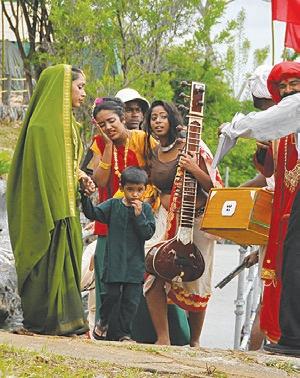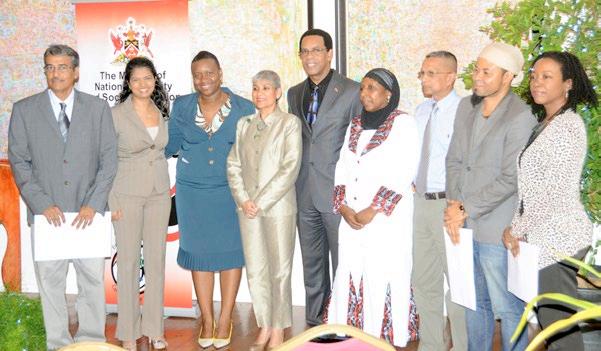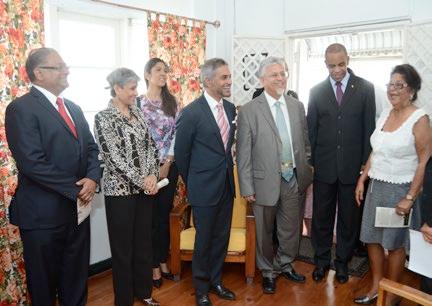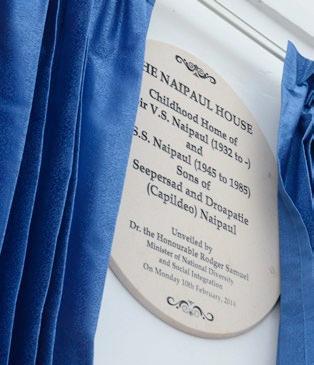
2 minute read
the Journey… Preserving our Heritage
from Magazine
According to the World Heritage Centre at the United Nations Educational, Scientific and Cultural Organization (UNESCO), “Heritage is our legacy from the past, what we live with today, and what we pass on to future generations. Our cultural and natural heritage are both irreplaceable sources of life and inspiration.”
Built heritage can be described as the unique and irreplaceable architecture with historic background that merits preservation for future generations. These can be individual old buildings of historic importance such as houses, churches, castles, military fortifications and other types of buildings, monuments or areas of built heritage value (e.g. town squares, harbours and churchyards). In its broadest sense, built heritage refers not only to ancient history, but also to the modern period.
Advertisement
Built heritage objects are tangible manifestations of a town’s identity and a physical expression of the townspeople’s cultural heritage.
They provide a link to the history and culture of the nation.
According to Article 2 of the Convention concerning the protection of World Cultural and Natural Heritage, natural heritage is defined as natural features consisting of physical and biological formations or groups of such formations, which are of outstanding universal value from the aesthetic or scientific point of view; geological and physiographical formations and precisely delineated areas which constitute the habitat of threatened species of animals and plants of outstanding universal value from the point of view of science or conservation; and natural sites or precisely delineated natural areas of outstanding universal value from the point of view of science, conservation or natural beauty.
With the National Trust, we have been assiduously working to:

Preserve our historical assets
Improve and upkeep the attractiveness of our nation so as to promote economic stimulation by way of tourism and foreign investment
Ensure visual integrity
Maintain of the unique character of each town, each city, of the entire nation
Project specifications for restoration works to heritage sites have been revisited and reinitiated. These include infrastructural development of Nelson Island, the National Museum, the National Archives Building, the Sugar Museum and The Port of Spain Museum at Fort San Andres.
As proud signatories of the UNESCO Convention concerning the Protection of the World Cultural and Natural Heritage, which was adopted in 1972, Trinidad and Tobago can knock at UNESCO’s door to seek advice on legal, scientific, technical, administrative and financial measures necessary for the identification, protection, conservation, presentation and rehabilitation of our built heritage.
In this regard, we intend to continue partnering with UNESCO in our planned programme to restore, renovate or preserve what has been left to us by our forebears.
We as a society must teach our children about the rich, colourful history of our nation, the importance of our culture and heritage, the story of our struggles, the tales of our triumphs, sense of national pride and citizenry and a better understanding of what we can be to our nation, and our brothers and sisters.

The Ministry is committed to the preservation and conservation of our built and natural heritage through the operations of the National Trust and in collaboration with the Citizens for Conservation and other non-governmental organisations.











